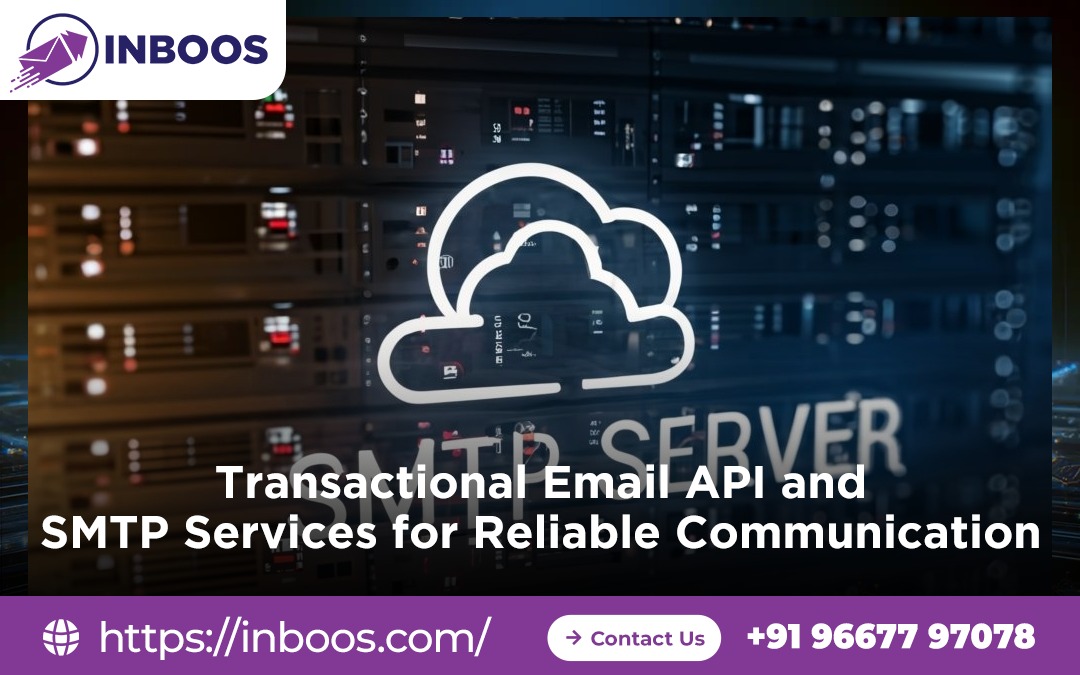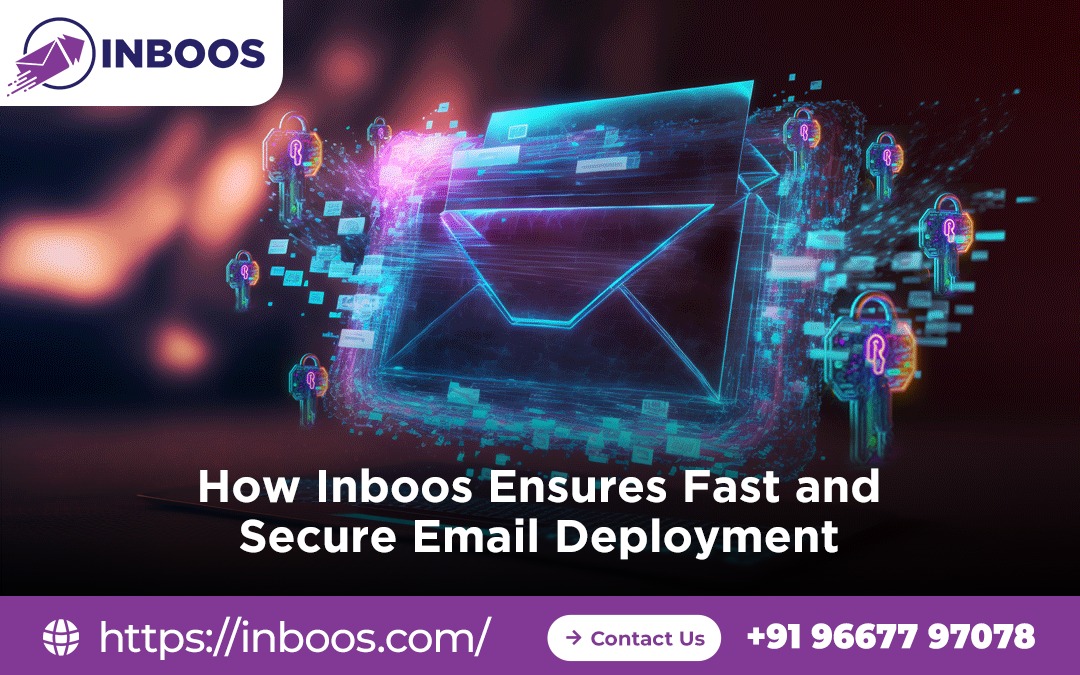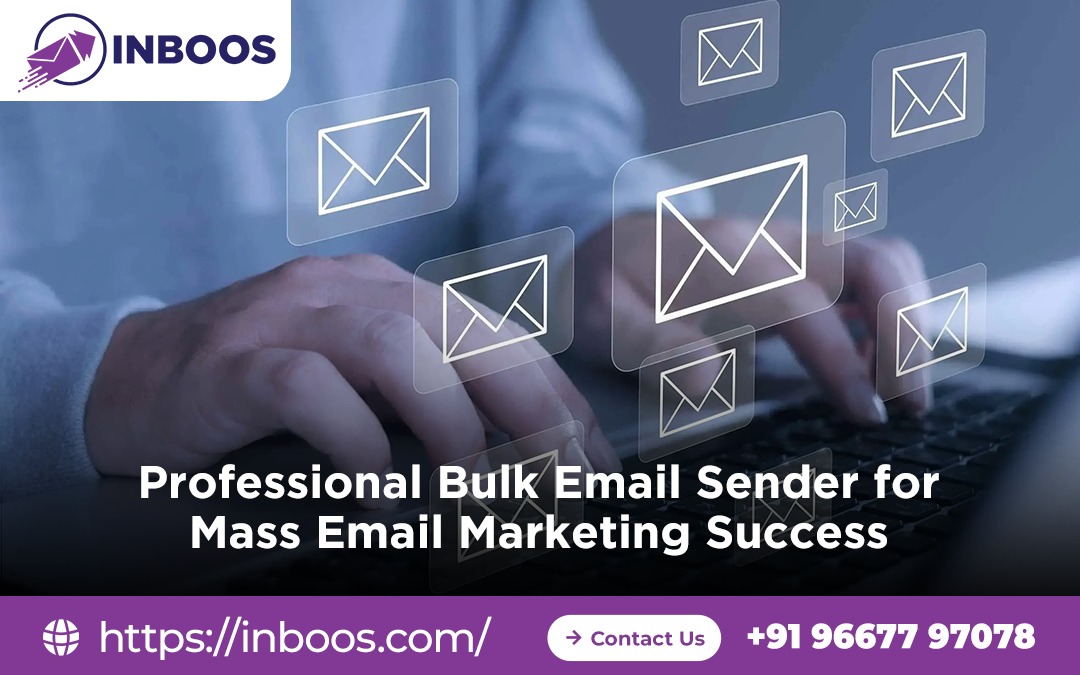Inboos.com understands that launching a successful email campaign isn’t just about crafting a compelling message; it’s also about mastering the art and science of email deployment. This is the critical moment when your carefully designed content makes its journey from your platform to your subscribers’ inboxes. Getting this right is paramount, as a flawless deployment ensures your messages land where they belong, ready to engage your audience.
The broader field of email marketing encompasses everything from list building and content creation to analytics and strategy. However, deployment specifically refers to the technical and procedural steps you take to send emails reliably and effectively. It’s about ensuring that your efforts in content creation don’t go to waste because of a technical glitch or a deliverability issue.
Many businesses, especially when starting out, might treat bulk email marketing as a simple “upload and send” operation. They might focus solely on the number of emails sent. However, a high volume of sends without proper deployment practices can quickly lead to emails landing in spam folders, tarnishing your sender reputation, and ultimately rendering your efforts ineffective. It’s not just about reaching many people, but about reaching them successfully.
Similarly, while the goal of mass email marketing is indeed to reach a large audience, the modern approach emphasizes precision within that scale. It’s no longer acceptable to just push out content; you need to ensure that each individual email has the best possible chance of being seen and interacted with. This means that even when sending to hundreds of thousands, the underlying deployment process must be meticulously managed.
This in-depth guide will walk you through the essential best practices for email deployment, helping you avoid common pitfalls and ensuring your campaigns consistently achieve their goals. Let’s get your emails where they need to go!
Why Deployment Matters (Beyond Just Clicking ‘Send’)
Think of email deployment like launching a rocket. You’ve spent weeks, maybe months, designing the rocket (your email content). But if the launch sequence (deployment) has flaws, that rocket isn’t going to reach its destination. In email, the consequences of poor deployment are severe:
- Low Deliverability: Your emails don’t even make it to the inbox; they end up in spam or get blocked.
- Damaged Sender Reputation: Internet Service Providers (ISPs) track your sending habits. High bounces or spam complaints signal you’re a bad sender, hurting future deployments.
- Wasted Resources: All the time and money spent on content, design, and list building goes down the drain.
- Lost Engagement & Conversions: If emails aren’t seen, they can’t be opened, clicked, or convert.
- Brand Erosion: Consistently ending up in spam makes your brand look unprofessional or even suspicious.
Table 1: Risks of Poor Email Deployment
| Risk | Impact on Your Campaign & Business |
| Spam Folder Placement | Emails go unseen, leading to zero engagement and wasted effort. |
| Blocked by ISPs | Your domain/IP gets blacklisted, preventing any emails from reaching recipients. |
| Damaged Sender Reputation | Future emails from your domain will be viewed with suspicion by mail servers. |
| Low Open/Click Rates | Even if delivered, poor rendering or trust issues reduce interaction. |
| Increased Unsubscribes | Frustrated recipients opt-out due to irrelevant or poorly delivered messages. |
| Wasted Marketing Spend | Resources invested in content and list acquisition yield no return. |
| Negative Brand Perception | Appearing in spam folders can hurt your brand’s credibility and trust. |
Pre-Deployment Checklist: Get Ready to Launch!
Success in email deployment starts long before you hit the ‘send’ button. This is your mission control, where you ensure every component is checked and re-checked.
1. Segment Your Audience Precisely
Sending the right message to the right person is fundamental. Don’t send a blanket email to your entire list unless it’s genuinely relevant to everyone.
- Why it matters: Segmenting based on interests, purchase history, engagement level, demographics, or how they signed up dramatically increases relevance, open rates, and CTRs. This signals to ISPs that your emails are wanted, boosting deliverability.
- Action: Ensure your target list for this specific campaign is accurately filtered and selected within your Email Service Provider (ESP).
2. Perfect Your Content & Design
Your email’s appearance and message are key to engagement after it’s delivered.
- Compelling Subject Lines & Preheaders: These are your email’s storefront window. They need to grab attention and provide a clear idea of what’s inside. Test different versions!
- Clear Call-to-Actions (CTAs): Make it obvious what you want recipients to do next. Use action-oriented language and make buttons easy to click.
- Mobile Responsiveness: A huge portion of emails are opened on mobile devices. Your email must look good and be readable on all screen sizes. Test it rigorously.
- Personalization: Go beyond just using a first name. Leverage collected data to tailor content, offers, or recommendations to individual subscribers.
- Visual Balance: Don’t overload with images or text. Use white space effectively for readability. Ensure images have alt-text for accessibility and if they don’t load.
3. Proofread, Proofread, Proofread (Seriously!)
Typos, grammatical errors, or broken sentences undermine your professionalism and trust.
- Action: Have at least two sets of eyes (ideally, different people) review the email. Read it aloud. Use grammar checkers.
4. Test, Test, Test (Across Clients & Devices)
This is a non-negotiable step in email deployment. What looks great in your ESP’s preview might break in Outlook or Gmail, or on an older phone.
- Tools: Use your ESP’s preview features or dedicated email testing tools (like Litmus or Email on Acid) to see how your email renders across various email clients (Gmail, Outlook, Apple Mail, Yahoo, etc.) and devices (desktop, mobile, tablet).
- Action: Send test emails to internal team members with different email providers. Check all dynamic content and personalization tags.
5. Check Your Links (Every Single One!)
A broken link is a frustrating dead end for your subscriber.
- Action: Click every single link in your test emails to ensure they go to the correct destination. Verify UTM parameters for tracking are accurate.
6. Authenticate Your Domain (Again, So Important!)
This foundation step directly impacts email deployment success.
- Action: Confirm your SPF, DKIM, and DMARC records are correctly set up and validated in your DNS. This tells receiving servers that you are a legitimate sender.
During Deployment: Smart Sending Strategies
Once everything is checked off, it’s time to hit send. But even the act of sending has best practices.
1. Send at the Right Time
There’s no single “best” time, as it varies wildly by audience, industry, and even geographic location.
- Action: Analyze your past campaign data to identify peak open and click times for your specific audience segments. A/B test different send times to optimize. For bulk email marketing, consider staggering sends to avoid overwhelming servers or your own analytics.
2. Warm Up New IPs (If Applicable)
If you’re using a brand new dedicated IP address for sending, don’t blast your entire list immediately.
- Why it matters: ISPs need to build trust with new IPs. A sudden high volume can trigger spam filters.
- Action: Gradually increase your sending volume over several weeks, starting with your most engaged subscribers. Your ESP can usually guide you through this “warming up” process.
3. Monitor Send Progress
Many ESPs offer real-time monitoring of your campaign once it’s deployed.
- Action: Keep an eye on the sending queue, bounce rates, and any immediate spam complaints. This allows you to catch and address problems quickly, especially crucial for large-scale mass email marketing campaigns.
4. Use Throttling/Batching (If Needed)
For very large lists or specific recipient domains, you might need to control the rate at which emails are sent.
- Action: Your ESP will often handle this automatically, but be aware that sending too many emails too fast to a single domain can cause issues. Sometimes, it’s better to send in smaller batches over time.
Post-Deployment: Analyze & Optimize
Deployment isn’t truly over until you’ve measured its impact and learned for next time.
1. Monitor Key Metrics Immediately & Continuously
The data tells the story of your email deployment success.
- Action: Track your:
- Open Rate: Percentage of recipients who opened your email.
- Click-Through Rate (CTR): Percentage who clicked a link.
- Bounce Rate (Soft & Hard): Emails that couldn’t be delivered. High hard bounces indicate a poor list.
- Spam Complaint Rate: How many marked your email as spam (keep this extremely low!).
- Unsubscribe Rate: How many opted out.
Table 2: Key Deployment Metrics to Monitor
| Metric | What It Tells You About Deployment Success |
| Open Rate | Initial interest in your subject line and sender; influenced by deliverability. |
| Click-Through Rate (CTR) | How engaging your content is; indicates relevance and clear CTAs. |
| Bounce Rate | The health of your email list and accuracy of addresses. Hard bounces are critical. |
| Spam Complaint Rate | The most damaging metric; indicates your emails are unwanted or irrelevant. |
| Unsubscribe Rate | How many people are opting out; signals content fatigue or irrelevance. |
| Conversion Rate | The ultimate measure of campaign effectiveness towards your goal. |
2. Analyze Performance & Identify Trends
Don’t just look at numbers; understand why they are what they are.
- Action: Compare current campaign metrics to past ones. Look for patterns related to subject lines, send times, segments, or content types. Did the latest bulk email marketing effort perform better or worse after implementing new segmentation?
3. Update Suppression Lists Promptly
For a healthy list and reputation, immediately process unsubscribes and hard bounces.
- Action: Your ESP usually handles this automatically, but always verify. Never send to a bounced or unsubscribed address again.
4. Plan Your Next Steps
Every deployment is a learning opportunity.
- Action: Document your findings. What worked well? What needs improvement? Use these insights to refine your future email marketing campaigns, ensuring continuous improvement.
Advanced Email Deployment Best Practices
For those looking to truly master the art of successful sending:
1. Dedicated IPs (For High Volume Senders)
If you send massive volumes of emails (e.g., hundreds of thousands daily), a dedicated IP address can give you more control over your sender reputation.
- Why: Your sending reputation is tied solely to your activity, not shared with other users on a shared IP.
- Consideration: Requires careful management and consistent sending volume to maintain a good reputation.
2. Inbox Placement Tools
These services go beyond basic deliverability and tell you where your email actually lands (inbox, promotions tab, spam folder) across various ISPs.
- Action: Utilize these tools to diagnose subtle deliverability issues that might not show up in standard ESP reports.
3. Implement Feedback Loops (FBLs)
FBLs are agreements with ISPs where they notify you when someone marks your email as spam.
- Why: This allows you to immediately remove that user from your list, preventing further complaints and protecting your sender reputation. Your ESP usually manages this.
4. Proactive List Hygiene & Sunset Policy
Don’t wait for bounces or complaints.
- Action: Regularly re-engage inactive subscribers. If they still don’t respond, implement a “sunset policy” to remove them from your active sending list. This keeps your list clean, boosting deliverability for your engaged subscribers.
Conclusion
Successful email deployment isn’t merely a technical task; it’s a strategic imperative that underpins all your email marketing efforts. From meticulous pre-send preparation and smart sending tactics to diligent post-deployment analysis, every step plays a crucial role. By embracing these best practices, you move beyond generic bulk email marketing or simply aiming for mass email marketing to achieve truly successful campaigns.
Remember, the goal is not just to send an email, but to ensure it arrives, engages, and converts. Invest the time in perfecting your deployment process, and you’ll see a significant return on your email marketing investment. Your subscribers (and your bottom line) will thank you!
📩 Have Questions or Need Expert Help?
Our team is here to make your email marketing, bulk emailing, and mass emailing effortless and effective.
🚀 Let’s boost your deliverability, scale your outreach, and unlock better results!
👉 📌 Contact Us Today
 logo
logo




